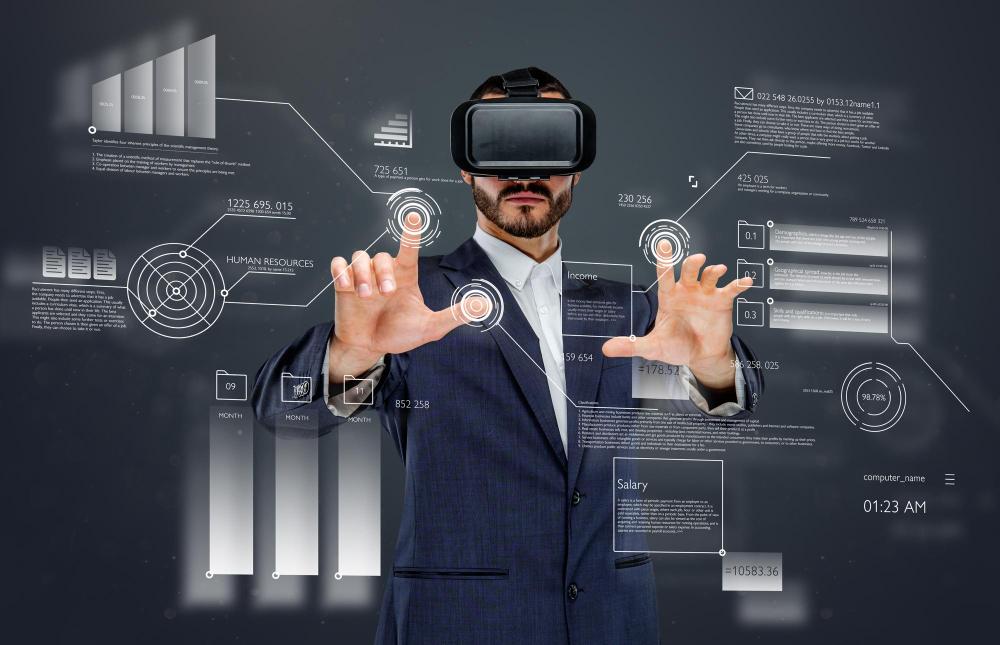Technology is growing at a pace that was unimaginable a few decades ago. One of the most exciting and fast-evolving trends is the concept of digital twins. A digital twin is a virtual model of a real-world object, system, or process. It allows businesses to simulate, monitor, and analyze operations without touching the physical counterpart. This technology is transforming industries from healthcare to manufacturing, and it’s becoming a key player in the modern digital world.
How Digital Twins Work
Digital twins are created by using real-time data collected from sensors, IoT devices, and software platforms. This data is used to build a virtual copy of the physical asset, which can then be used for simulation, analysis, and testing. For example, in manufacturing, a digital twin of a machine can help predict when it might fail or need maintenance. This reduces downtime and saves money. The more accurate the data, the more reliable the twin becomes.
Role of Embedded Systems
Embedded systems play a crucial part in making digital twins possible. These systems are small computing units inside physical devices that collect and send data. Without them, it would be impossible to track real-time conditions like temperature, pressure, vibration, or speed. Many companies are now looking for reliable embedded software development services to build these systems efficiently. High-quality embedded software ensures that the digital twin receives accurate data from its real-world counterpart, making simulations much more realistic and useful.
Benefits of Digital Twins
One of the biggest benefits of digital twins is predictive maintenance. Instead of waiting for a machine to break down, companies can predict problems and fix them before they happen. This saves time, money, and resources. Another major benefit is optimization. By running different scenarios in the digital model, businesses can figure out which approach works best without taking real-world risks. It also speeds up the design and innovation process because engineers can test new ideas in a virtual environment first.
Digital Twins in Different Industries
Digital twins are not limited to factories. They are now being used in healthcare to model human organs for surgery planning, in construction to monitor buildings, and in smart cities to manage traffic and energy use. Even the gaming industry is exploring ways to use digital twin models for more immersive and responsive environments. As technology improves, the applications of digital twins will continue to grow.
The Role of Software and Data
For digital twins to work well, they need a combination of powerful software and accurate data. Cloud computing is often used to process the large amounts of data generated by real-world sensors. Artificial Intelligence (AI) is used to analyze this data and make predictions. As these tools get better, digital twins will become more precise and reliable. This opens the door to fully automated decision-making systems that can adapt in real time to changes in the physical world.
Fun Side of Digital Twins
While digital twins are mostly known for their use in serious industries, they are also starting to appear in entertainment. Imagine playing a racing game where the cars behave exactly like real cars because their digital models are based on actual data. Some companies are experimenting with adding real-world mechanics to arcade game software to make gaming experiences more realistic. This shows how digital twins can bridge the gap between reality and virtual worlds in creative ways.
Future of Digital Twin Technology
The future of digital twins looks bright. As 5G networks, IoT sensors, and AI tools improve, digital twins will become even more detailed and responsive. We may soon see entire cities modeled as digital twins in real-time, allowing governments to plan traffic flow, energy usage, and emergency response with incredible precision. For businesses, it means faster innovation, fewer failures, and better decision-making. For individuals, it could mean smarter products and safer services.
Conclusion
Digital twins are reshaping how we design, operate, and maintain everything from machines to entire cities. They bring together data, software, and real-world systems into one powerful virtual tool. As this technology evolves, it will continue to blur the line between the digital and physical worlds. Whether it’s in manufacturing, healthcare, or even gaming, digital twins are proving that the future of technology is not just about building new things but about understanding them better than ever before.



